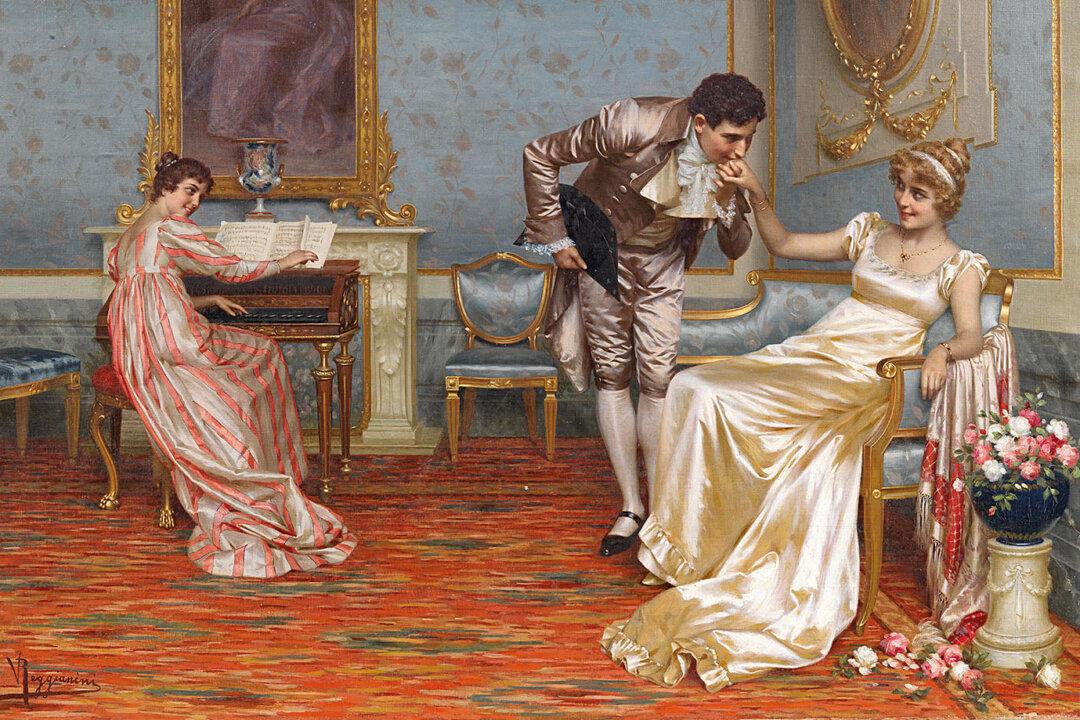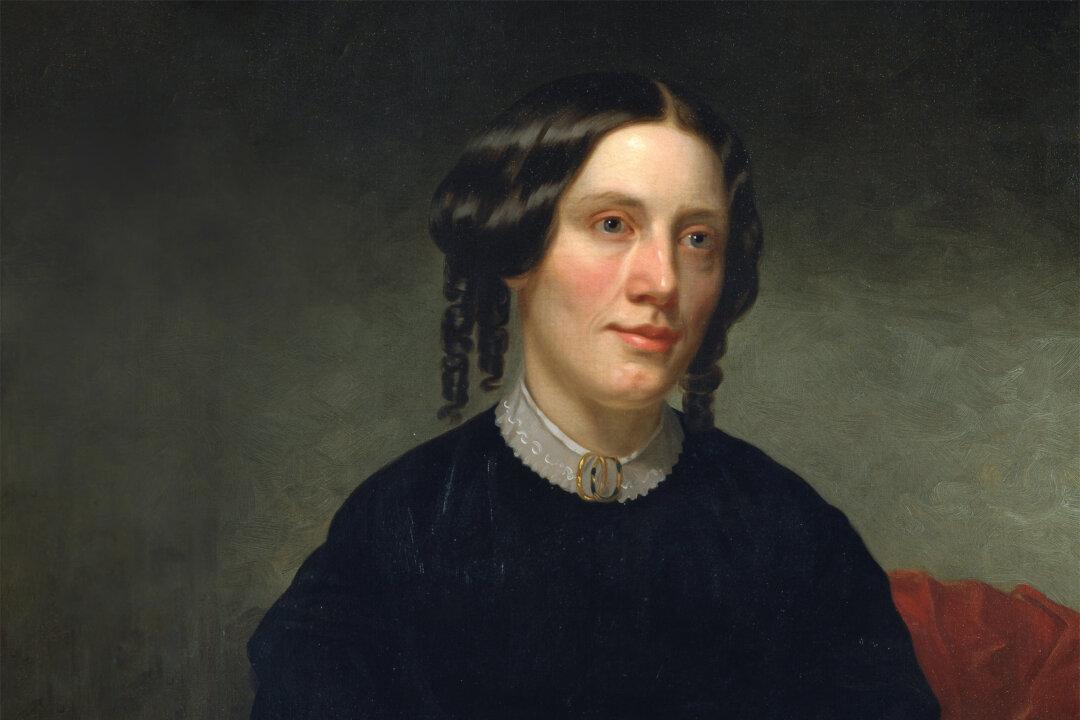Some American books not only are bestsellers, but they may also profoundly influence American culture and society.
Whether they’ve read Mark Twain or not, most Americans are familiar with his novel “Huckleberry Finn.” When President Abraham Lincoln met Harriet Beecher Stowe, author of “Uncle Tom’s Cabin,” he supposedly said, “So you are the little woman who wrote the book that started this great war,” referring to the explosive effect of Stowe’s novel on Northern abolitionism. Though little read today, books written by muckrakers like Ida Tarbell and Upton Sinclair changed national policies regarding such entities as the oil industry and meat-packing companies.






